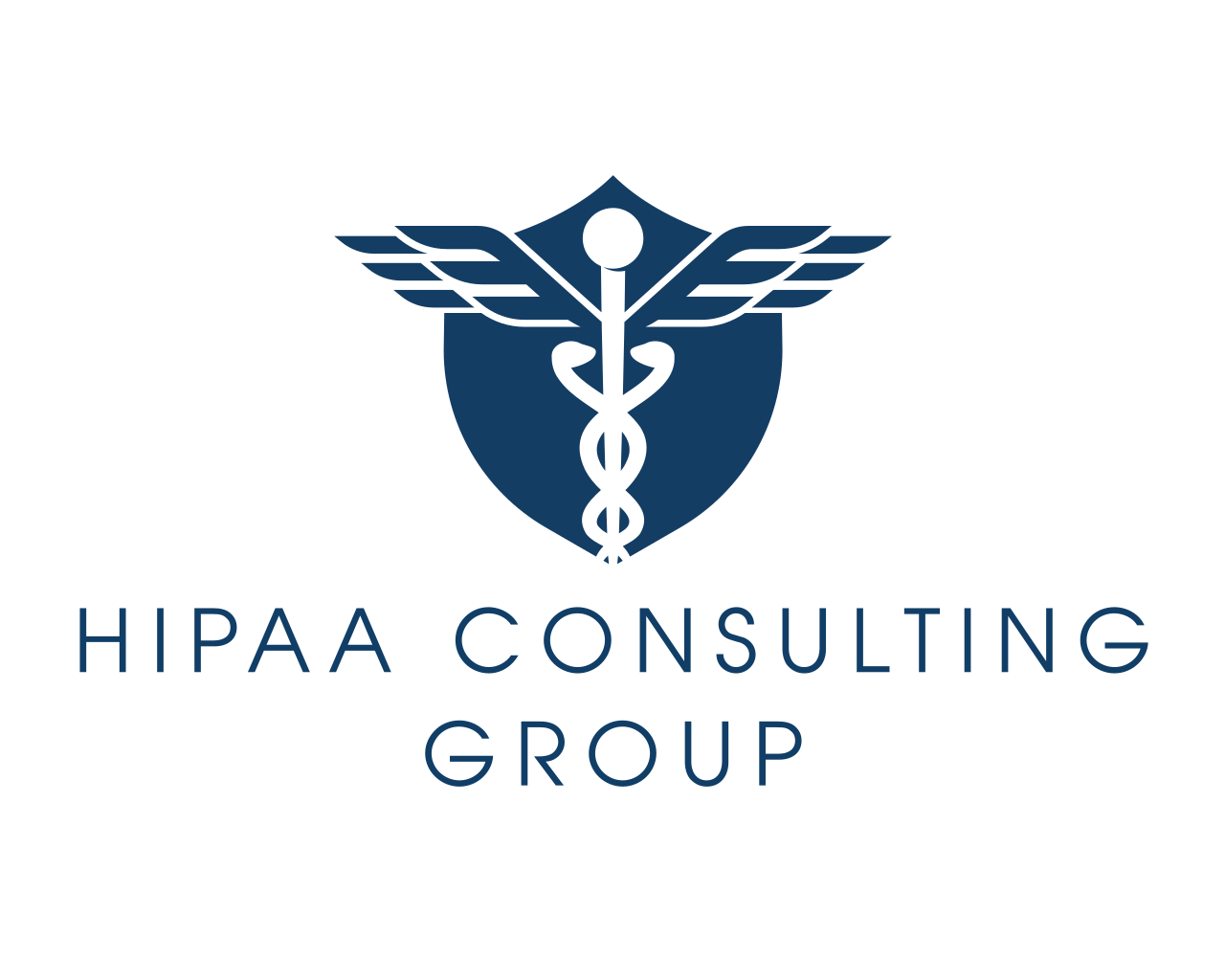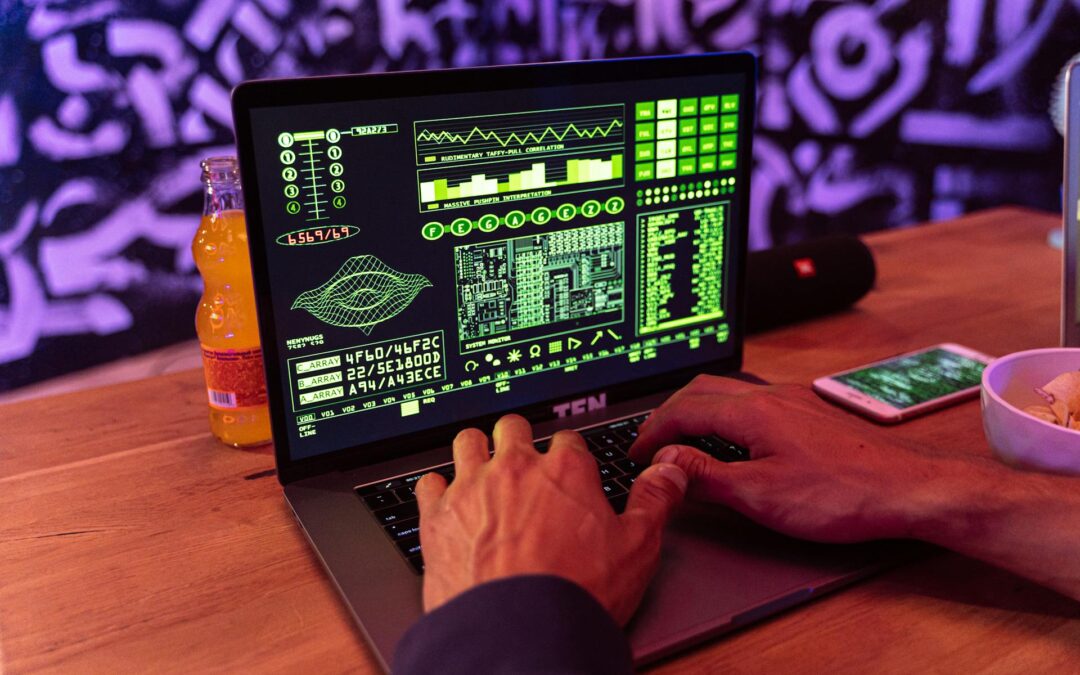The Impact of Ransomware on Medical Facilities: What Healthcare Administrators Need to Know
In today’s digital age, the threat of ransomware in healthcare has become a pressing concern for medical facilities worldwide. As malicious actors increasingly target sensitive patient data, healthcare administrators must remain vigilant in safeguarding their networks against potential breaches. These cyberattacks not only jeopardize the privacy and trust of patients but also pose significant challenges to maintaining HIPAA compliance, which is crucial for protecting patient information. Understanding the impact of ransomware is essential for ensuring medical facility security and adhering to regulatory standards. This article aims to empower healthcare administrators, IT professionals, and compliance officers with vital knowledge and strategies to enhance cybersecurity in healthcare settings, safeguarding both data and patient well-being.
Understanding Ransomware in Healthcare
Ransomware poses a significant threat to healthcare organizations, compromising patient data and disrupting critical services. This section explores the mechanics of ransomware attacks, common attack vectors, and real-world case studies in the healthcare sector.
Definition and Mechanics
Ransomware is a type of malicious software designed to encrypt data and hold it for ransom. In healthcare settings, it can have devastating consequences.
The typical ransomware attack follows a predictable pattern:
- Infiltration: Malware enters the system through various means.
- Encryption: The ransomware encrypts critical files and data.
- Ransom Demand: Attackers demand payment, often in cryptocurrency, for the decryption key.
Healthcare organizations are particularly vulnerable due to the critical nature of their data and services. The impact can be life-threatening if patient records or medical equipment are compromised.

Common Ransomware Attack Vectors
Ransomware typically infiltrates healthcare systems through several common vectors. Understanding these entry points is crucial for effective prevention.
Phishing emails remain a primary attack vector. Cybercriminals craft convincing messages that trick staff into clicking malicious links or downloading infected attachments.
Outdated software and unpatched systems create vulnerabilities that attackers exploit. Regular updates and patch management are essential defensive measures.
Remote Desktop Protocol (RDP) attacks have become increasingly common, especially with the rise of remote work. Securing these access points is critical for maintaining HIPAA compliance and preventing unauthorized access.
Case Studies in Healthcare
Recent years have seen numerous high-profile ransomware attacks on healthcare facilities, highlighting the sector’s vulnerability.
The 2017 WannaCry attack affected over 200,000 computers across 150 countries, including the UK’s National Health Service. Key impacts included:
- Cancellation of 19,000+ medical appointments
- Disruption to 595 GP surgeries
- Estimated costs of £92 million
In 2020, Universal Health Services, a major U.S. healthcare provider, fell victim to a ransomware attack. The consequences were severe:
- 250 facilities affected
- Systems offline for three weeks
- $67 million in losses
These cases underscore the critical need for robust cybersecurity measures in healthcare settings.
Impact of Ransomware on Medical Facilities
Ransomware attacks can have far-reaching consequences for medical facilities, affecting patient care, finances, and reputation. This section examines the multifaceted impact of these cyberattacks on healthcare organizations.
Disruption of Healthcare Services
Ransomware attacks can severely disrupt critical healthcare services, putting patient lives at risk. The immediate effects are often dramatic and wide-ranging.
When systems are compromised, medical staff may lose access to vital patient information, including medical histories, allergies, and current treatments. This lack of data can lead to delayed or improper care.
Scheduling systems may go offline, resulting in canceled appointments and procedures. In extreme cases, hospitals may need to divert emergency patients to other facilities, as seen in recent attacks affecting multiple hospitals.
Medical devices connected to the network may also be affected, potentially rendering life-saving equipment inoperable. This can create dangerous situations in critical care units and operating rooms.
Financial Implications and Costs
The financial impact of a ransomware attack on a medical facility can be staggering, often extending far beyond the ransom demand itself.
Direct costs may include:
- Ransom payments (if made)
- IT recovery expenses
- Legal fees
- Regulatory fines
Indirect costs can be even more significant:
- Lost revenue from service disruptions
- Decreased productivity during recovery
- Long-term patient loss due to reputational damage
A 2021 study revealed that healthcare ransomware attacks resulted in an average of 20% of sensitive data being compromised, further highlighting the potential for significant financial repercussions.
Legal and Reputational Consequences
Ransomware attacks can have severe legal and reputational consequences for medical facilities, often lasting long after the immediate crisis has passed.
From a legal standpoint, healthcare organizations may face:
- HIPAA violation penalties
- Patient lawsuits for data breaches
- Regulatory investigations and fines
Reputationally, the damage can be profound:
- Loss of patient trust
- Negative media coverage
- Decreased staff morale and retention
Recovery from these impacts often requires significant time and resources, including public relations efforts and demonstrable improvements in security measures.
Ensuring HIPAA Compliance
Maintaining HIPAA compliance is crucial for healthcare organizations, especially in the face of increasing ransomware threats. This section explores HIPAA requirements, their relation to ransomware protection, and steps to ensure ongoing compliance.
Understanding HIPAA Requirements
The Health Insurance Portability and Accountability Act (HIPAA) sets the standard for protecting sensitive patient data. Its Security Rule is particularly relevant to ransomware prevention.
Key HIPAA Security Rule requirements include:
- Ensuring the confidentiality, integrity, and availability of all electronic protected health information (ePHI)
- Identifying and protecting against reasonably anticipated threats to information security
- Protecting against reasonably anticipated impermissible uses or disclosures of ePHI
- Ensuring workforce compliance with HIPAA regulations
Healthcare organizations must implement appropriate administrative, physical, and technical safeguards to meet these requirements and protect against ransomware attacks.
Ransomware and Patient Data Protection
Ransomware attacks pose a significant threat to patient data protection and HIPAA compliance. Understanding this relationship is crucial for healthcare administrators.
A ransomware attack may constitute a breach under HIPAA if ePHI is encrypted as a result of the attack. This triggers breach notification requirements, potentially leading to reputational damage and regulatory penalties.
HIPAA’s guidance on ransomware emphasizes the importance of maintaining data backups and developing a comprehensive incident response plan. These measures can help mitigate the impact of an attack and demonstrate due diligence in protecting patient information.
Steps to Maintain Compliance
Maintaining HIPAA compliance in the face of ransomware threats requires a proactive approach. Healthcare organizations should focus on several key areas:
- Risk Assessment: Regularly conduct thorough risk analyses to identify vulnerabilities in your systems and processes.
- Access Control: Implement strong access controls, including multi-factor authentication and principle of least privilege.
- Data Encryption: Ensure all ePHI is encrypted both at rest and in transit.
- Employee Training: Provide ongoing cybersecurity awareness training to all staff members.
- Incident Response Plan: Develop and regularly test a comprehensive incident response plan that addresses ransomware scenarios.
By focusing on these areas, healthcare organizations can strengthen their HIPAA compliance and improve their resilience against ransomware attacks.
Strengthening Medical Facility Security
Enhancing cybersecurity in medical facilities is crucial for protecting patient data and ensuring uninterrupted healthcare services. This section outlines key strategies for bolstering security measures against ransomware and other cyber threats.
Implementing Robust Cybersecurity Measures
Effective cybersecurity in healthcare requires a multi-layered approach that addresses various potential vulnerabilities.
Key measures include:
- Network Segmentation: Isolate critical systems and data to limit the spread of potential attacks.
- Regular Software Updates: Keep all systems and applications patched and up-to-date to address known vulnerabilities.
- Strong Access Controls: Implement multi-factor authentication and role-based access control.
Endpoint protection is crucial, given the diverse range of devices in healthcare settings. This includes:
- Advanced antivirus and anti-malware solutions
- Email filtering to prevent phishing attacks
- Device encryption to protect data on mobile devices
Regular security audits and penetration testing can help identify and address vulnerabilities before they can be exploited by attackers.
Staff Training and Awareness Programs
Human error remains a significant factor in many cybersecurity breaches. Comprehensive staff training is essential for creating a culture of security awareness.
Effective training programs should cover:
- Recognizing phishing attempts and social engineering tactics
- Safe browsing and email practices
- Proper handling of sensitive patient data
- Reporting procedures for suspected security incidents
Simulated phishing exercises can help reinforce training and identify areas needing improvement. Regular updates to training materials ensure staff stay informed about evolving threats.
Creating a security-conscious culture encourages staff to view cybersecurity as a shared responsibility, enhancing the overall security posture of the organization.
Response and Recovery Plans
Having a well-defined incident response and recovery plan is crucial for minimizing the impact of a ransomware attack.
Key components of an effective plan include:
- Incident Detection and Reporting: Clear procedures for identifying and escalating potential security incidents.
- Containment Strategies: Steps to isolate affected systems and prevent further spread.
- Data Recovery Processes: Procedures for restoring systems and data from secure backups.
- Communication Plans: Guidelines for internal and external communication during and after an incident.
Regular testing and updating of these plans ensure they remain effective in the face of evolving threats. Tabletop exercises and full-scale simulations can help identify gaps and improve response capabilities.
Future Trends in Cybersecurity Healthcare
As technology evolves, so do the challenges and solutions in healthcare cybersecurity. This section explores emerging threats, technological advancements, and strategies for building resilient healthcare infrastructures.
Emerging Threats and Solutions
The landscape of cybersecurity threats in healthcare is constantly evolving, presenting new challenges for medical facilities.
Emerging threats include:
- AI-powered attacks that can bypass traditional security measures
- IoT vulnerabilities in connected medical devices
- Supply chain attacks targeting healthcare vendors
To counter these threats, innovative solutions are being developed:
- Behavioral analytics to detect anomalous network activity
- Zero-trust architecture for more granular access control
- Blockchain technology for secure health information exchange
Healthcare organizations must stay informed about these emerging threats and solutions to maintain effective cybersecurity strategies.
Role of Technology in Prevention
Advanced technologies are playing an increasingly important role in preventing ransomware attacks and other cybersecurity threats in healthcare.
Artificial Intelligence and Machine Learning are being leveraged to:
- Predict and prevent potential attacks
- Automate threat detection and response
- Enhance email and network filtering
Cloud-based security solutions offer scalable and continuously updated protection, helping healthcare organizations stay ahead of evolving threats.
Emerging technologies like quantum encryption hold promise for future-proofing healthcare data security against increasingly sophisticated attacks.
Building a Resilient Infrastructure
Creating a resilient healthcare infrastructure requires a holistic approach that combines technology, processes, and people.
Key strategies include:
- Adaptive Security Architecture: Implement flexible security frameworks that can evolve with changing threats.
- Continuous Monitoring and Improvement: Regularly assess and update security measures based on new threat intelligence.
- Collaborative Defense: Participate in information sharing networks within the healthcare sector to stay informed about emerging threats.
Cyber insurance is becoming increasingly important as a risk transfer mechanism, helping organizations recover from financial losses due to cyberattacks.
Ready to get compliant? Contact us today!


